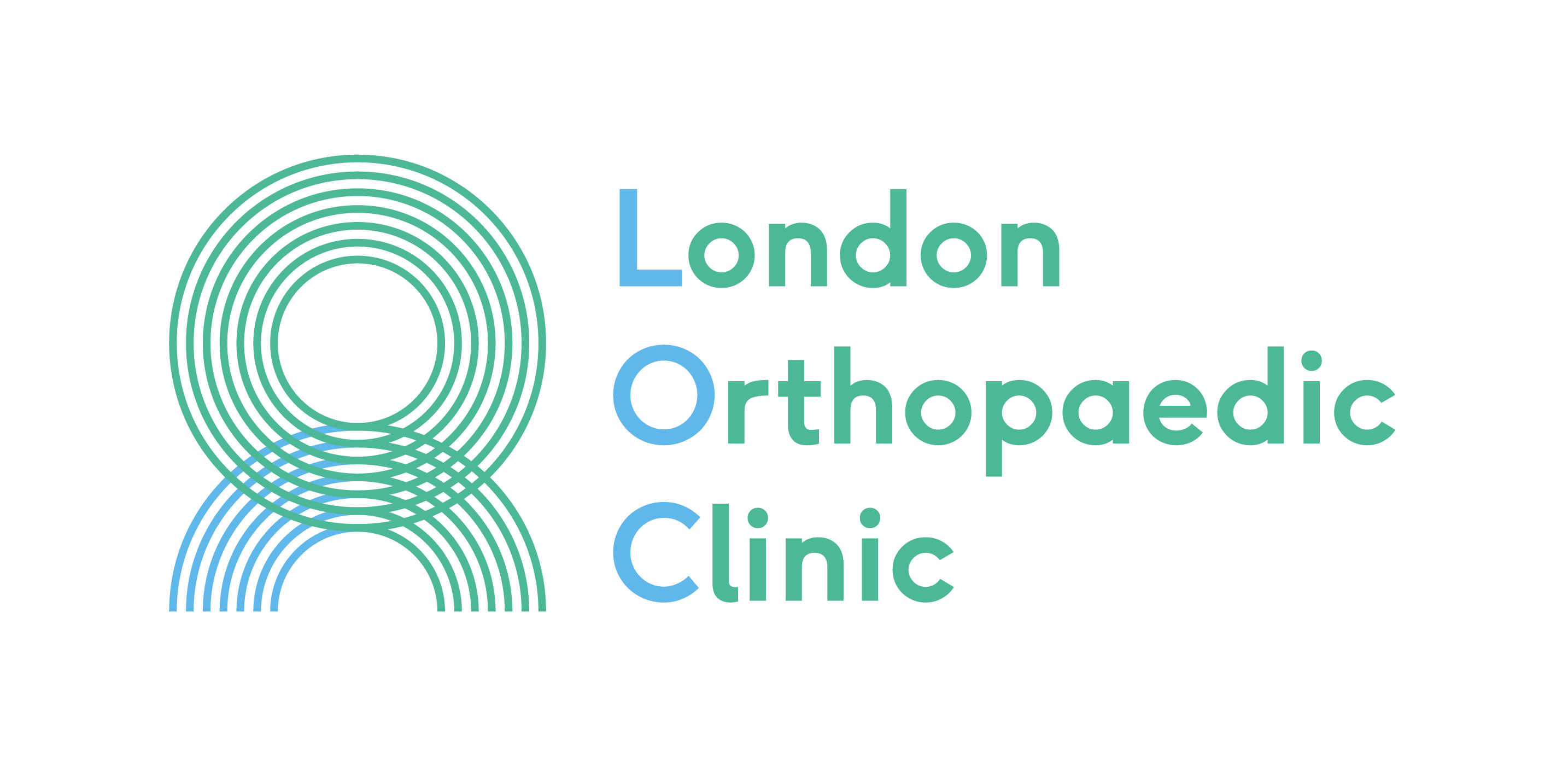Great Toe Joint Replacement for Arthritis (Hallux Rigidus)
Arthritis can make the joint at the base of the big toe painful, stiff and deformed. This can be debilitating, restricting your mobility and reducing your quality of life. If physiotherapy, anti-inflammatories and other conservative measures have not helped, the expert Orthopaedic Foot and Ankle Surgeons at the London Orthopaedic Clinic can operate to replace the joint, restore movement and ease your pain.
The London Orthopaedic Clinic offers great toe joint replacement by world-leading surgeons in state-of-the-art operating theatres. The expert multidisciplinary team of Orthopaedic Surgeons, Pain Management Specialists, Radiologists and Physiotherapists will work to investigate your symptoms, operate to replace your joint and support your healthy and safe rehabilitation.
What is great toe joint replacement?
Great toe joint replacement is surgery to remove surfaces of the metatarsophalangeal or MTP joint. The damaged joint is replaced with one of the latest durable prosthetic devices. Surgery can provide immediate relief of pain and can help reduce deformity and restore movement.
How does arthritis affect the great toe joint?
In a healthy joint, the ends of bones are covered with cartilage, which acts as a shock absorber and allows the bones to move smoothly against each other. Injury, wear and tear and chronic inflammation from rheumatoid arthritis or gout can damage or erode the cartilage. The joint becomes narrower, the bones rub against each other and the surface can become uneven. With time this causes increasing pain swelling and stiffness.
The metatarsophalangeal or MTP joint at the base of the big toe is vulnerable to damage by osteoarthritis, rheumatoid arthritis and gout. The joint damage can cause stiffness, known as Hallux Rigidus, and deformity known as Hallux Valgus or bunion.
Pain can be reduced by wearing comfortable footwear with plenty of space for the big toe. Simple treatments like exercise, orthotic devices and painkillers can also help. However, if the pain is severe, if movement is restricted and supportive care is ineffective, London Orthopaedic Clinic’s expert Orthopaedic Surgeons can operate to replace the damaged joint and relieve the symptoms.
What happens in great toe joint replacement for arthritis?
Your Orthopaedic Surgeon will make a thorough assessment of your feet and arrange imaging to get more detailed information about your toe joints, so they can provide a treatment plan customised to your needs. Depending on the damage in your toe, they will recommend replacing all or part of the MTP joint.
Great toe joint replacement can be performed under general anaesthetic or using a regional block. Your Surgeon will discuss the options with you and make recommendations based on your foot, your general health and your personal preferences.
An incision is made in the skin and soft tissues over the joint. The arthritic joint surfaces are cut away, any bony lumps are smoothed and the joint implant is inserted. The joint capsule, the tissues and the skin are carefully closed and a dressing is applied to maintain comfort, ensure the joint is held in the right position and reduce the risk of dislocation.
Complications of toe joint replacement
All surgery carries risks. The expert surgeons and team at the London Orthopaedic Clinic work to minimise complications and support a healthy and safe recovery.
Pain, bleeding, swelling, infection and the development of blood clots are potential problems with any operation. Joint replacement can also be associated with nerve damage, failure of the bones to heal and grow into the prosthesis and ongoing pain.
Complications are uncommon. Before your operation, your Orthopaedic Consultant will discuss any potential problems, explain the careful measures that London Orthopaedic Clinic takes to minimise risk and take time to answer any of your concerns.
Recovery from great toe joint replacement
Your specialist Surgeon together with the expert rehabilitation team will work to support your recovery, control any discomfort and get you back on your feet.
You will be helped to take your first steps the day after surgery. You will be supported and provided with specially-designed footwear to aid mobilisation, allow full weight bearing, and avoid damage to your new joint.
You will be given an individual plan of rest and rehabilitation. Rest, and foot elevation are particularly important during the first week. A physiotherapist will provide an exercise programme to reduce swelling, ease stiffness and maintain movement.

Why choose the London Orthopaedic Clinic?
The London Orthopaedic Clinic provides high-quality, expert Orthopaedic and musculoskeletal care, tailored to the individual needs of the patient. The Clinic is based at Mayo Clinic Healthcare, at the heart of London’s internationally renowned Harley Street medical district. London Orthopaedic Clinic offers cutting-edge diagnostics, treatment, management and personalised care, in a state-of-the-art clinic in central London.
Our expert multi-disciplinary team of over 20 specialists, includes leading Orthopaedic Surgeons, Rheumatologists, Pain Management Consultants, allied specialists and Consultant Radiologists, who work together to reduce pain, improve movement and make a real difference to patients’ lives.
The London Orthopaedic Clinic offers patients something truly unique: access to world-leading experts, high-tech diagnostics and the latest innovative treatments, together with the feeling of trust and safety of a small family practice.
Great toe joint replacement costs
Great toe joint replacement at the London Orthopaedic Clinic may be covered by your health insurance policy. Competitive packages are available from the hospital for patients who are self-paying. Contact a member of our friendly team on 020 7186 1000 or at info@londonorthopaedic.com to find out more.
